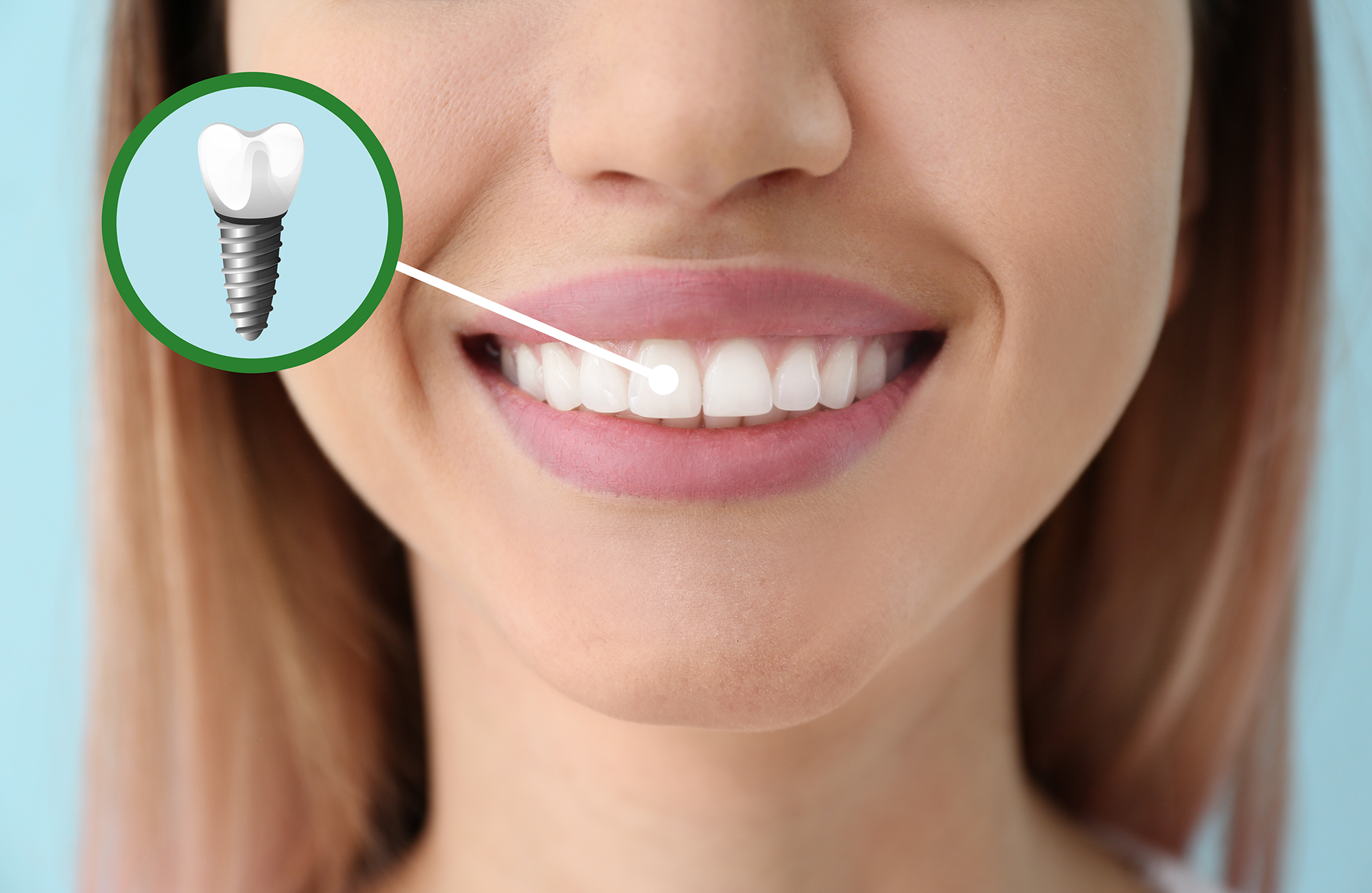Reconstruct Your Confidence with Dental Implants Kent: Know-how You Can Depend On
Reconstruct Your Confidence with Dental Implants Kent: Know-how You Can Depend On
Blog Article

Obtain an Irreversible Option to Missing Teeth With Oral Implants
In today's world, advancements in oral technology have actually made it feasible to address the problem of missing out on teeth with a resilient option: oral implants. These innovative prosthetics have transformed the field of restorative dentistry, offering a long-term fix that closely appears like natural teeth. Nevertheless, the benefits of oral implants go past simple appearances. Understanding just how they work, the optimal prospects for this treatment, and the ins and outs of the implant positioning procedure can supply beneficial insights into why they are taken into consideration the gold criterion in tooth substitute.
Advantages of Dental Implants
Oral implants provide a permanent and reliable service for restoring missing teeth, providing countless benefits for clients seeking long-lasting dental wellness and practical enhancement. One of the primary benefits of dental implants is their resilience. Unlike conventional dentures or bridges, which might need substitute or changes with time, dental implants are designed to last a lifetime with correct care. This longevity not only supplies clients with satisfaction but likewise proves to be an economical solution over time.
Moreover, dental implants use enhanced looks and performance compared to other tooth substitute alternatives. In addition, dental implants recover correct chewing capability, allowing individuals to appreciate their favorite foods without constraints.

Exactly How Oral Implants Work
Making use of sophisticated medical methods and materials, the procedure of integrating oral implants right into the jawbone involves precise positioning and osseointegration to create a secure foundation for prosthetic teeth. Oral implants include three main elements: the dental implant fixture, abutment, and prosthetic crown. The implant fixture, commonly made of titanium, is surgically put into the jawbone where the missing out on tooth as soon as was. Over a duration of several months, the bone integrates with the dental implant in a procedure called osseointegration, guaranteeing a solid and durable support for the replacement tooth.
Once the osseointegration is complete, an abutment is connected to the implant fixture. The abutment serves as a connector in between the implant and the prosthetic crown. Finally, the prosthetic crown, customized to match the shade and form of the surrounding teeth, is firmly affixed to the joint, completing the dental implant restoration. This process results in a natural-looking and functional tooth substitute that can last a lifetime with appropriate treatment and maintenance.
Prospects for Dental Implants
Having comprehended exactly how oral implants feature and the thorough process of incorporating them right into the jawbone, it is vital to determine appropriate candidates that can take advantage of this irreversible tooth substitute option. Suitable prospects for oral implants are people with good dental and total wellness, adequate bone thickness in the jaw to support the dental implant, and healthy and balanced gum cells. It is critical for candidates to have a dedication to preserving exceptional dental hygiene practices post-implant positioning to make sure the durability of the implants.


People who smoke or have specific clinical problems like unrestrained diabetic issues or heart problem may not be suitable candidates for dental implants. Additionally, individuals that have undertaken radiation therapy to the head and neck area or are taking drugs that can impact the recovery process may also not be optimal prospects for this treatment.
Consulting with a qualified oral implant expert is important to figure out if you are a suitable candidate for dental implants and to go over any kind of possible risks or concerns based upon your specific wellness status. (Dental implants Kent)
Implant Positioning Process
The process of placing oral implants entails a series of exact actions to make certain effective assimilation and lasting stability within the jawbone. Originally, the dental professional reviews the client's oral wellness via examinations and imaging scans to establish the suitability for implants. visit the site If the individual is considered a great prospect, the following step entails surgically placing the implant right into the jawbone. This treatment is generally done under regional anesthesia to reduce pain.
Throughout this phase, which can last several months, the jawbone integrates with the dental implant, giving a strong structure for the artificial tooth. After osseointegration is complete, an abutment is attached to the implant to connect the irreversible crown.
Long-Term Success of Implants
With effective osseointegration developed and the crown securely discover this in place, the focus changes to guaranteeing the long life and stability of dental implants for sustained dental health. Long-lasting success of implants hinges on various elements, consisting of proper oral hygiene upkeep, routine oral check-ups, and lifestyle routines.
Maintaining good dental hygiene is important for the durability of dental implants. Brushing at the very least two times a day, flossing daily, and utilizing antimicrobial mouth wash can assist prevent gum condition and peri-implantitis, which are typical root causes of dental implant failure.
Regular oral examinations are vital to keep an eye on the wellness of the implants and surrounding cells - Dental implants Kent. These visits allow the dental practitioner to find any type of issues beforehand and address them before they rise, guaranteeing the implants continue to be steady and practical for years ahead
Furthermore, way of living behaviors such as avoiding smoking and extreme alcohol intake can significantly affect the long-term success of dental implants. Smoking, in particular, can impede the healing process and raise the threat of implant failure. By following these standards and maintaining a healthy lifestyle, people can take full advantage of the longevity and success of their dental implants.
Final Thought
To conclude, oral implants provide a long-term service for missing teeth. They supply various benefits, such as improved appearances, he has a good point function, and general quality of life. The dental implant positioning process involves surgically putting a titanium post right into the jawbone, which after that merges with the bone to produce a secure foundation for a prosthetic tooth. With correct care and upkeep, oral implants can have long-term success and restore a natural-looking smile.
In today's world, innovations in oral modern technology have made it feasible to attend to the problem of missing teeth with a resilient option: dental implants.Oral implants provide a permanent and effective solution for recovering missing teeth, offering many benefits for people seeking lasting oral wellness and useful renovation. Oral implants consist of three main components: the dental implant fixture, abutment, and prosthetic crown.Having actually understood exactly how dental implants function and the careful procedure of integrating them right into the jawbone, it is necessary to identify suitable candidates that can benefit from this irreversible tooth replacement remedy. Ideal candidates for dental implants are individuals with great oral and overall health, ample bone thickness in the jaw to support the implant, and healthy gum cells.
Report this page